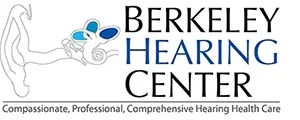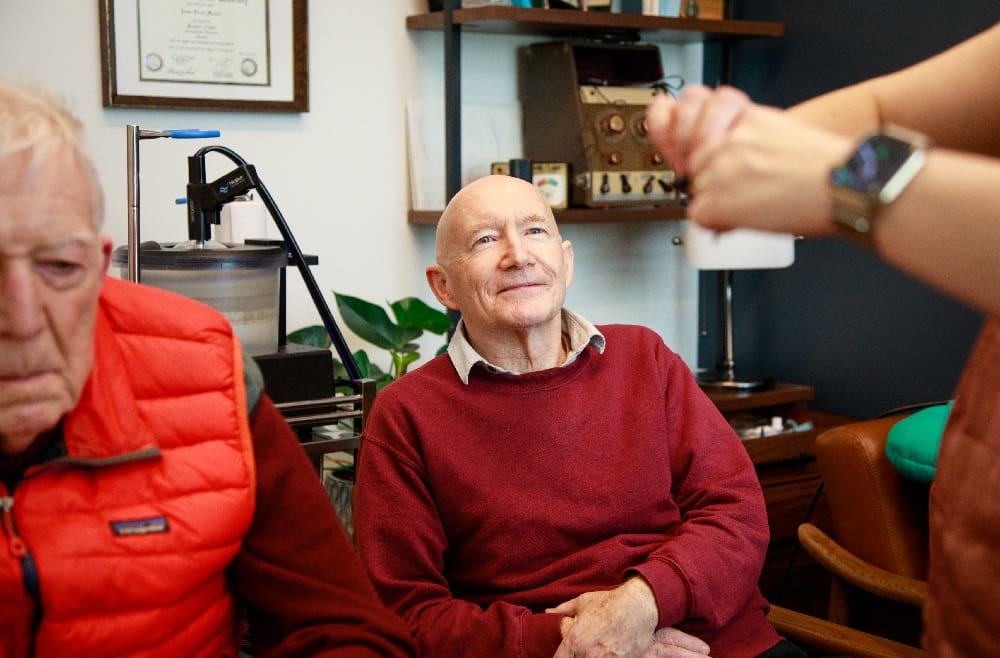2023-10-29
Jonathan Lipschutz Audiologist, M.S., F-AAA, Co-Owner
In Part I of this series, I wrote about how the components of the body’s balance system provide the brain with the information necessary to properly navigate the world around us. So when something affects one or more of those systems (vestibular, visual and musculoskeletal), it can manifest in balance and/or dizziness issues. For this series, I’m focusing on dizziness issues, since these are the patients that are typically referred to audiology clinics.
Dizziness is one of the most common symptoms that makes adults visit their doctors. This makes sense since the symptom can stem from so many body systems, especially at a cortical level. People experience dizziness in different ways, describing it as feeling the world spinning around or themselves spinning (vertigo) or lightheadedness. It can be spontaneous or triggered (or worsened) by positional changes such as walking, sitting up or turning one’s head. It can be associated with nausea, or not. It can last for just a few seconds or it can last for days. Sometimes it’s a one-off, but sometimes it recurs.
When folks experience dizziness, they're going to want to see a doctor. Though scary and unpleasant, to say the least, dizziness rarely signals something that is life-threatening. But as a former paramedic, I would be remiss if I didn’t say that folks should seek immediate medical help if they experience severe dizziness/vertigo along with signs and/or symptoms of stroke, heart attack or a sudden change in hearing. No, that last one isn’t a typo. Sudden sensorineural hearing loss (SSNHL) is considered a “medical emergency”, because treatment (prednisone) is thought to be most effective when administered as soon as possible after the onset of symptoms (ideally <24-48 hours).
Dizziness associated with SSNHL, which is also often accompanied by tinnitus, is a complaint that we often see in physician referrals. Typically it only occurs in one ear (90%), with a higher prevalence in females. It strikes approximately one in every 5,000 yearly, usually adults in their 40-50s. Because of the challenges studying the live ear, which I highlighted last month, the medical community doesn’t have a definitive idea as to what causes SHL. Some likely culprits are viral infection, vascular/circulation problems or disorders of the inner ear, such as Ménière’s disease. Other causes of dizziness range from crystals (otoconia) that are out of place within the semicircular canals to neurologic diseases/disorders (MS, Parkinson’s, ALS) to a benign (non-cancerous) tumor on cranial nerve(s) leading into the brainstem.
But even when there IS a diagnosis, like Meniere’s, that doesn’t necessarily mean we really understand the mechanism of the problem. Meniere's is what the medical community euphemistically describes as a “wastebasket” diagnosis. We don’t really know physiologically what’s causing the symptoms, but enough people (~45,000 new cases/year) have most or all of the same symptoms (aural fullness, fluctuating hearing loss and tinnitus-all in one ear, along with severe vertigo) that we call it “Meniere’s Disease” (after the 19th century French physician, Prosper Meniere).
If we can figure out what’s actually happening physiologically, we can begin to treat the source of the dizziness. But if this sounds challenging, you’re getting the idea.
In Part III, I’ll dive into the current diagnostic tests and treatments for dizziness/vertigo. Till then, please continue to love your community by getting vaccinated/boosted & masking up where and when appropriate. And please always support our local businesses.
https://berkeleyhearing.com/wp-content/uploads/2024/11/Need-hearing-help.jpg
Jonathan Lipschutz Audiologist, M.S., F-AAA, Co-Owner






